Abstract 4/2023
Table of content
Grzegorz Dziedzic, Zofia Bryniarska – Analysis of the operation of the Kurdwanów P +1? and Maty Ptaszów p R in Kraków
Andrzej Mielcarek – Bicycle transpott in Germany in the 1920s and 1930s.
Abstracts
Grzegorz Dziedzic, Zofia Bryniarska
Analysis of the operation of the Kurdwanów P + R and Mały Płaszów P + R interchanges in Kraków
Abstract: Nowadays, interchanges play a key role in public collective transport. It is almost impossible to travel without using them. They connect different modes of public transport and are used by many passengers on a daily basis. The aim of the article is to evaluate the Kurdwanów P + R and Mały Płaszów P + R transfer nodes in Kraków and to analyse the functioning of P + R car parks located in the vicinity of these nodes. Both analysed nodes integrate bus, tram and individual transport (P + R car park). This made it possible to compare nodes and identify their weaknesses. The article discusses the concept of a transfer node and presents recommendations and requirements for their creation. The analysed nodes were characterized by describing their location, scheme and communication lines operating in the nodes. The Characteristics and the applicable tariff of P + R car parks were presented. The AMPTI method and surveys were used. The results of the analysis were presented and the conclusions resulting from the analysis were formulated.
Key words: public transport, interchange node, AMPTI indicator assessment, P&R
Andrzej Mielcarek
Bicycle transport in Germany in the 1920s and 1930s
Abstract: In Germany, bicycles were the most widespread means Of individual daily’ transport, i.e. commuting to work, schools etc. In the 1920s one in five and by the end of the 1930s one in three Germans was a bicycle user. The development of automobile transport led to a conflict between car traffic and cyclists. It was to be solved by the construction of cycle paths. The first part of the article shows the results of a study on cycling traffic on (summer) weekdays and Sundays in the years 1936-37. The study was carried out in connection with a programme for the construction of cycle paths in and outside cities. This is followed by data on the length of cycle routes in Germany and the eastern provinces of Germany, as well as the characteristics Of cycle routes in selected urban municipalities of the eastern provinces.
Key words: cycle transport, Germany in the 1920s and 1930s, cycling, cycle paths

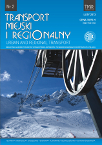 SITK RP
SITK RP 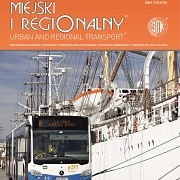 SITK RP
SITK RP 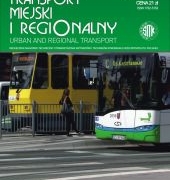 SITK RP
SITK RP 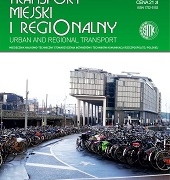
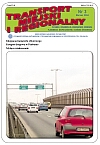 SITK RP
SITK RP 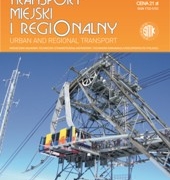 SITK RP
SITK RP 
 SITKRP
SITKRP SITK
SITK